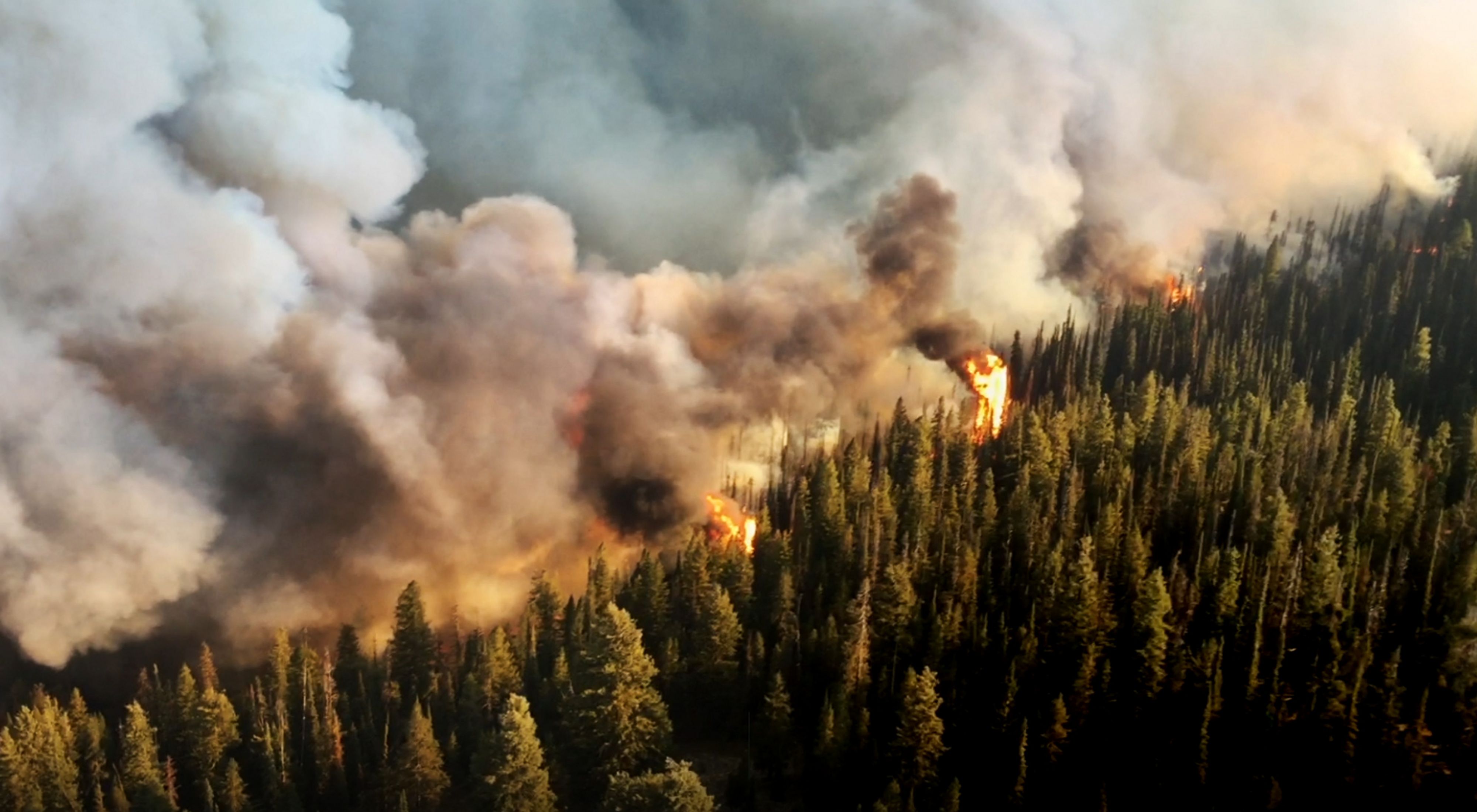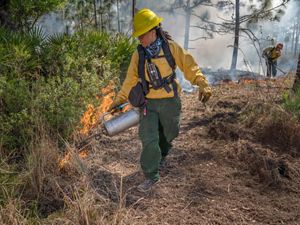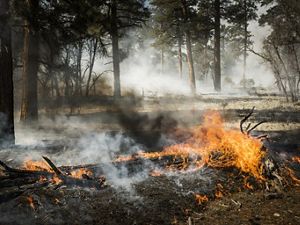Vast Regions of Western States Added to Wildfire Risk Priorities
Forest Service announces additions to priority list of Wildfire Crisis landscapes
Media Contacts
-
Jay Lee
The Nature Conservancy
Email: jay.lee@tnc.org
The following is a statement from Daniel Stellar, state director of The Nature Conservancy (TNC) in Arizona, and Cecilia Clavet, a TNC senior policy advisor, in response to today’s announcement by U.S. Agriculture Secretary Tom Vilsack of 11 additional landscapes to the Wildfire Crisis Strategy priority landscapes effort.
The announcement is part of the U.S. Forest Service’s 10-year plan to address wildfire risk throughout the United States.
According to the agency, priority landscapes will use funds from the 2021 bipartisan infrastructure law and other sources to provide treatments to reduce wildfire risk in western states.
Daniel Stellar, State Director, TNC in Arizona:
“We welcome Under Secretary Wilkes and Chief Moore to Arizona today and the expansion of the Wildfire Crisis Strategy to more at-risk landscapes in Arizona and across the West. Although heavy precipitation and resulting flooding are immediate concerns in the West, fire danger will return. Fire is a challenge across much of the region, and we appreciate the increased investment in solutions.
“The outlooks of many forests across Arizona have improved thanks to these kinds of investments. In addition to reducing wildfire risk and supporting post-fire recovery, this work can increase the resiliency of forest and rangeland ecosystems and improve watershed health that will benefit both people and nature.”
Cecilia Clavet, Senior Policy Advisor for Forest Restoration and Fire, TNC:
“The entire western United States is facing unprecedented, large-scale wildfires exacerbated by climate change. We need to build the resilience of our forests and rangelands, reduce risk to communities and ensure people are empowered and prepared to live safely with fire. We commend the Department of Agriculture for prioritizing these landscapes and ensuring their selection criteria for new landscapes include ‘protecting underserved communities, critical infrastructure, public water sources and proximity to Tribal lands.”
“The Nature Conservancy appreciates the Forest Service’s efforts to reflect this reality, including the 2022 wildfire strategy stakeholder roundtables that helped lead us to this point. Partnerships are essential to maintain and sustain this work. Our organization partners with federal land management agencies, Tribal partners and other federal and non-federal partners to achieve a better future with fire. Wildfire resilience is an all-of-society challenge in need of an all-of-society approach to mitigate risk and apply resources where they’re needed most.”
The Nature Conservancy is a global conservation organization dedicated to conserving the lands and waters on which all life depends. Guided by science, we create innovative, on-the-ground solutions to our world’s toughest challenges so that nature and people can thrive together. We are tackling climate change, conserving lands, waters and oceans at an unprecedented scale, providing food and water sustainably and helping make cities more sustainable. The Nature Conservancy is working to make a lasting difference around the world in 81 countries and territories (40 by direct conservation impact and 41 through partners) through a collaborative approach that engages local communities, governments, the private sector, and other partners. To learn more, visit nature.org or follow @nature_press on X.



